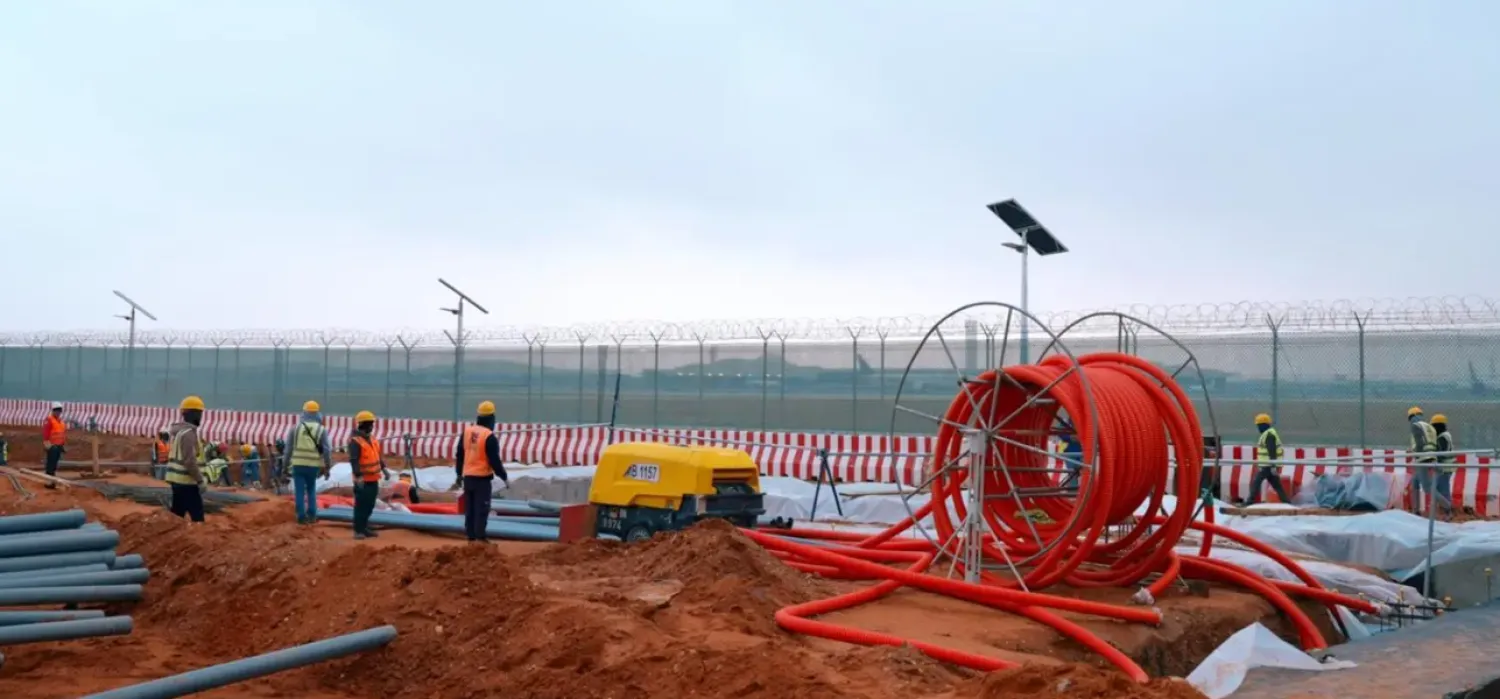Two recent World Bank reports show that the poverty belt in Syria currently includes about 69 percent of the population, or about 14.5 million Syrian citizens.
For more than 10 years, Syria has been mired in conflict, leading to widespread devastation and humanitarian crises. The situation has worsened with the recent external shocks, as the two reports pointed to the continued lack of funding and limited humanitarian aid, which further depleted families’ ability to secure their basic needs, amid rising prices, a decline in basic services, and an increase in unemployment rates.
The Regional Director of the Middle East Department at the World Bank, Jean-Christophe Carret, said Syria witnessed multiple and overlapping shocks last year, more than a decade after the start of the bloodiest conflict of this century.
The economic situation in Syria continued to deteriorate in 2023, according to the updated monitor of the World Bank, a copy of which was obtained by Asharq Al-Awsat, as economic activity maintained its decline, and the value of the Syrian pound dropped significantly by 141 percent against the US dollar. At the same time, estimates indicate that consumer price inflation rose by 93 percent, due to the reduction in subsidies provided by the government.
Amid the economic slowdown, which is partly caused by the damage to infrastructure due to earthquakes and conflicts, public finance revenues continue to drop, prompting the authorities to further reduce spending, while tightly adjusting support programs.
Although agricultural production had improved due to better weather conditions over the previous year, the conflict severely affected the agricultural sector, with massive displacement of farmers and widespread damage to infrastructure and irrigation networks, leading to a decline in yields.
Conflict-related unrest has also severely affected foreign trade, and the collapse of domestic industrial and agricultural production has amplified Syria’s dependence on imports.
The Spring 2024 issue of the Syrian Economic Monitor expects the economic contraction to continue, as a result of the real GDP being exposed to an unprecedented state of uncertainty, leading to its decline by 1.5 percent during the current year.
A special section, which is focused on the main findings of the Syrian Household Well-Being Report, indicates that in 2022, poverty affected 69 percent of the population, or about 14.5 million Syrians.
Although extreme poverty did not actually exist before the outbreak of the conflict, it affected more than one in every 4 Syrians in 2022, and may have worsened due to the devastating effects of the earthquake in February 2023 and other several external factors, especially Lebanon’s financial crisis in 2019, the Covid-19 pandemic, and the war in Ukraine.









